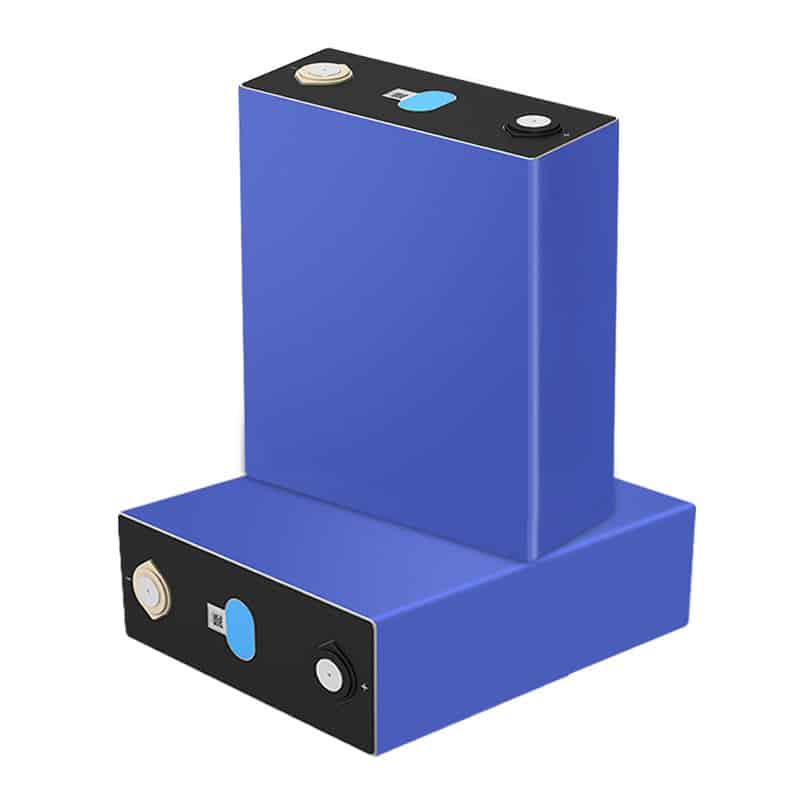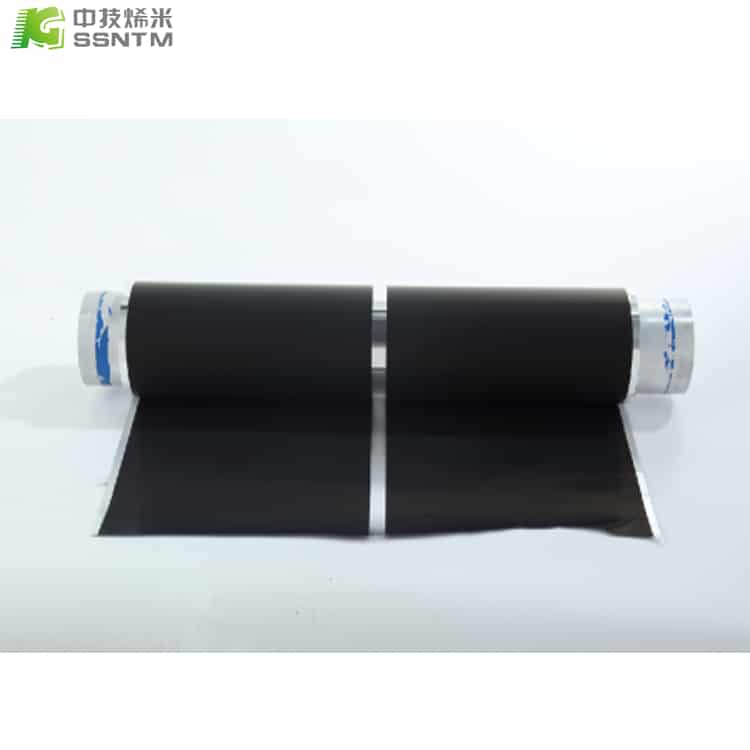Lithium-ion batteries are widely used in various applications for power energy storage due to their high energy density, long cycle life, and low self-discharge rate. These batteries can be classified based on their materials, construction, and performance characteristics.

Here is a detailed classification of lithium-ion batteries along with their features:
1. Lithium Cobalt Oxide (LiCoO2) Batteries:
– Features: High specific energy, good cycle life, high voltage, widespread commercial use.
– Applications: Portable electronics, laptops, smartphones, digital cameras.
2. Lithium Iron Phosphate (LiFePO4) Batteries:
– Features: Improved safety, longer cycle life, higher thermal stability, lower specific energy compared to LiCoO2 batteries.
– Applications: Electric vehicles, renewable energy storage, power tools.
3. Lithium Nickel Manganese Cobalt Oxide (NMC) Batteries:
– Features: Balanced performance between energy density, power capability, and cycle life.
– Applications: Electric vehicles, portable electronics, solar energy storage.
4. Lithium Nickel Cobalt Aluminum Oxide (NCA) Batteries:
– Features: High energy density, excellent capacity retention, high operating voltage.
– Applications: Electric vehicles, aerospace, grid energy storage.
5. Lithium Titanate Oxide (LTO) Batteries:
– Features: Extremely fast charge and discharge rates, long cycle life, wide operating temperature range, high power capability.
– Applications: Electric buses, renewable energy storage, frequency regulation.

6. Lithium-Sulfur (Li-S) Batteries:
– Features: High energy density, low cost, environmentally friendly, abundant material availability.
– Applications: Electric vehicles, grid energy storage, portable electronics.
7. Lithium Polymer (Li-Po) Batteries:
– Features: Thin, flexible form factor, lightweight, high energy density, excellent discharge rates.
– Applications: Wearable devices, drones, portable electronics.
8. Solid-State Lithium-ion Batteries:
– Features: Enhanced safety, higher energy density, wider operating temperature range, longer cycle life compared to liquid electrolyte batteries.
– Applications: Electric vehicles, consumer electronics, medical devices.
9. Sodium-Ion (Na-ion) Batteries:
– Features: Lower cost compared to lithium-ion batteries, abundant sodium resources.
– Applications: Grid energy storage, backup power systems.
Each type of lithium-ion battery has its unique characteristics that make it suitable for specific applications. The choice depends on factors such as energy density requirements, power capability, cycle life, safety considerations, and cost-effectiveness. Ongoing research and development efforts continuously improve the performance and expand the applications of lithium-ion batteries, contributing to the advancement of power energy storage technologies.

